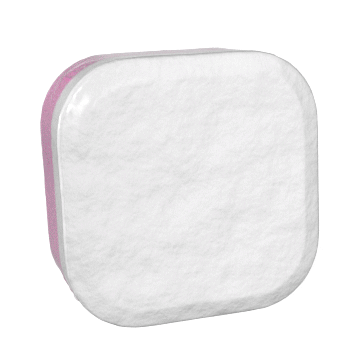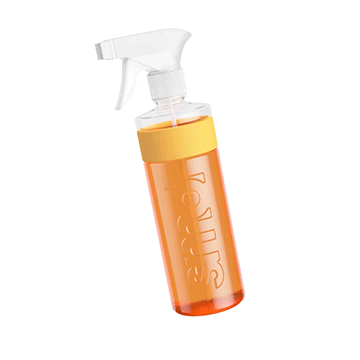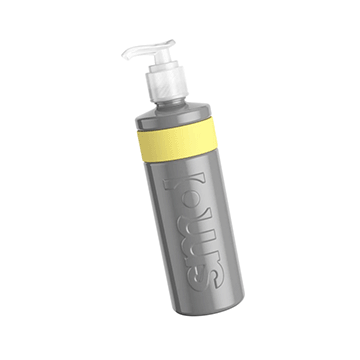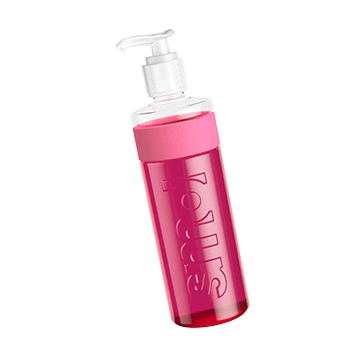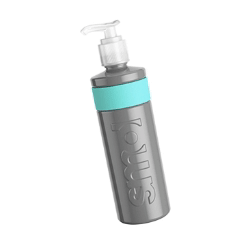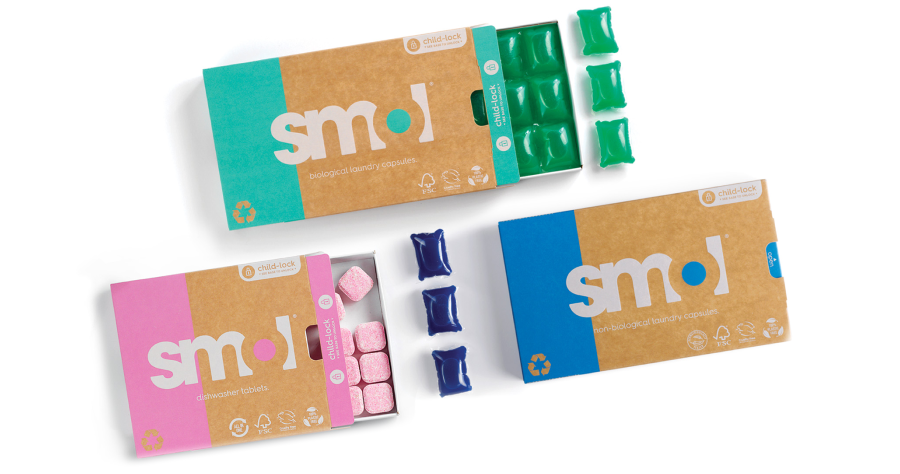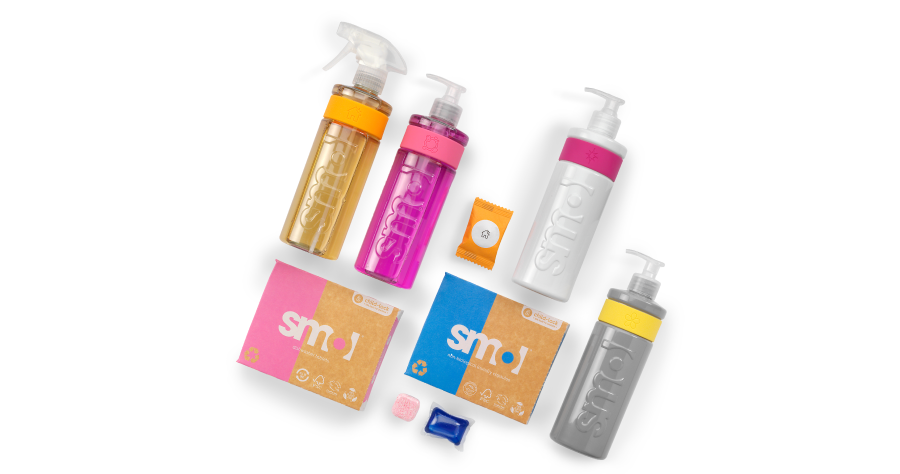#washwell is all about smart washing and the small laundry changes we can all make to help us use less energy and less water, cutting our carbon footprint AND OUR BILLS. We want to plant small everyday seeds of change that will grow to make a big difference in all our homes.
So let’s start with something that might sound slightly peculiar from a laundry detergent company... we’d actually LOVE you to wash a bit LESS!
take a load off.
One key way we can use our machines less is by scrapping any half loads of laundry we might do. We know that 49% of people run their washing machines when they are not actually full at least once every week.*
Half loads of laundry use more than half the energy and water of a full load so they really aren’t saving us anything and it becomes an expensive way to gain just a few clean items.
Your washing machine is responsible for around 10% of your household’s carbon emissions and each time you don’t use your washing machine, you’re saving the same amount of water as you use to take a shower (which is the carbon equivalent of powering an LED bulb for 3 whole days).
If every UK home cut back by just one 40˚C load of laundry each month, we could collectively save enough energy to heat 43,000 households for a year. We’d also save millions and millions of litres of water, enough to fill 7000 Olympic-sized swimming pools.
a handy check…
It’s easy to gauge a full load with our handy measuring tip. Simply leave a palm’s width between the top of your laundry and the top inside of the drum (any less and the washing won’t have room to clean). If there’s more space than the width of your palm then you know you’re not fully-loaded.
only wash when dirty.
There’s a fair chance we are over-laundering our clothes. Less washing means less energy used, less water and detergent used, a lower carbon footprint and MORE money in your wallet.
Heard the one from Levi’s CEO about never washing your jeans? This may feel extreme… but why not take time to see if something really and truly needs a machine wash. There are many alternatives…
- Pop your items on a hanger and give them some air (preferably outside) before the next wear.
- Spot clean any stains and you may find the rest is fine and doesn’t need to go in the machine.
- A quick press with a steam iron (if your care labels allow) works magic on creases and smells.
-
Mix a pump of fabric conditioner or essential oils with some water to spray over hardier fabrics for a quick freshen up. Remember to check your garment instructions first.
turn down the temperature.

When you consider everything that ‘goes into’ washing your clothes - the water, the power, the detergent… 60% of the laundry’s carbon footprint comes from us just heating our water for the machine. So if we want to reduce our energy bills AND cut our carbon footprint, it’s really time to
turn it down.
Switching from only doing hot washes for example (60°C) to warm washes 40°C would see you instantly cut your energy usage in half. That’s an impressive saving. And according to Which?, if the UK switched from 40°C washes to 30°C, it would be the equivalent of taking almost 400,000 cars off the road. And your bills would significantly drop. Even better.
Are we talking sub 30°C ?
More and more machines nowadays include laundry cycles as cold as 15° or 20°C and it’s worth noting that washing at 20°C compared to 40°C can reduce energy costs by a further 66%. It’s beginning to look like a no-brainer. But will it get our laundry clean?
What’s great is that not only are modern washing machines now designed for cold water, but many detergents have enzymes that will start to work in temperatures as low as 15°C.
Enzymes are naturally occurring products that help to break down common stains, such as food, sweat, grass and grease. Enzymes work best on cooler temperatures as anything much above 40°C is going to start killing them off!.
When you’re looking for a detergent that contains these helpful enzymes, you’ll want to look out for the word bio - for example our
smol bio capsules (the green ones). If a detergent is described as a non-bio then that means they won’t have the enzymes so aren’t specifically going to help when washing on cooler temperatures when it comes to things like stain removal. smol non-bio and smol fragrance-free non-bio still contain powerful cleaning surfactants that will ensure your clothing comes out of the washing machine clean and fresh, you just might need to use a slightly higher temperature when washing with a non-bio – especially when tackling tough stains. You can learn more about the difference between a
bio and non-bio here.
*Try our
washometer to calculate the cost of your wash and save even more £££
Just hang out.
Our last #washwell tip involves stepping away from the tumble dryer and letting your laundry hang out.
As of October 1st, 2022, one kWh of electricity will average 34p. If a 9kg vented tumble uses around 5.34 kWh of electricity to dry a full load.*** That’s £1.82 per cycle. Not great for your wallet.
BUT the fresh air and outside is incredibly free and if the sun is out and the wind is blowing so much the better! Of course the Great British weather may not want to play ball but even indoor drying racks are equally great or why not check out some of the rain covers for your outdoor airer! Yes you really can find umbrellas to protect your outdoor laundry line from the rain! Genius!
it’s easy to #washwell.
These simple everyday tips should see you shave money from your energy bills which in turn will lower your carbon footprint and also save on your water use. And if you’re looking for the perfect companion to your new cooler washes why not take advantage of our bio capsule
FREE TRIAL?
* Research from The BrandBean 2020.
** BBC doc https://www.bbc.com/future/article/20200326-the-hidden-impact-of-your-daily-water-use
*** ideal home 2022.








